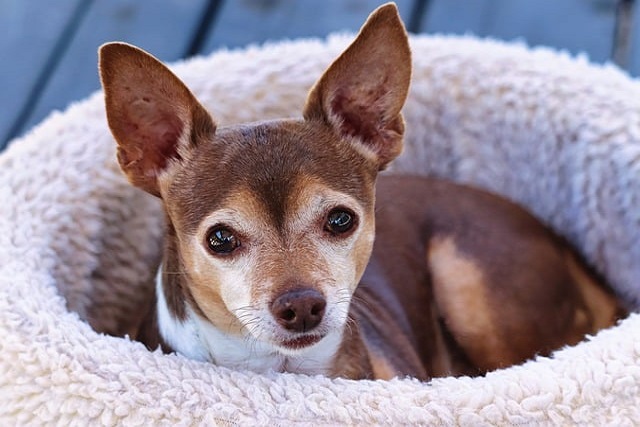
How do i train my dog to be obedient?
Watching your dog dart across the park ignoring your calls isn’t just frustrating—it can put them at risk near busy streets or public spaces.
If you’re a new dog parent in the US—maybe you’re chasing your 6-month-old Border Collie puppy around your New York apartment as he nips at your socks, or struggling to get your energetic Golden Retriever to sit still during a visit from your friend in Texas—you’ve probably thought, Is there a way to calm this chaos without yelling? A hyper dog isn’t being “bad”—they’re usually bursting with unused energy or overstimulated by their surroundings. The good news is, calming them down is about channeling that energy, not squashing it. Let’s break this down simply, with science, easy steps, and how to stay on track with local pet rules.
First, let’s get the science straight: Dogs (especially high-energy breeds like Huskies or Poodles) need both physical and mental exercise to stay calm. Think of it like a kid who’s been inside all day—they’ll bounce off the walls until they burn off steam. A 10-minute walk around the block might not cut it; your dog needs structured activity that tires their brain, too. When they’re hyper, their bodies release cortisol (the stress hormone), and focused play or training helps lower that level. Take Mike, a first-time owner in California: His 8-month-old Australian Shepherd, Luna, would bark nonstop and chew his couch every evening. A trainer told him to add 20 minutes of “training walks” (stopping to practice “sit” or “stay” every block) and 10 minutes of hide-and-seek with treats. After a week, Luna was curling up on the rug instead of causing chaos—her brain and body were both tired.

Here’s how to calm your hyper dog, step by step: Start with structured exercise, not just aimless walking. For apartment living (common in Chicago or Boston), try “fetch” in your living room (use a soft toy to avoid breaking things) or climb stairs together (if your building allows). Add quick training moves—ask for a “down” before giving them a toy, or a “wait” before opening the door. This mixes physical activity with mental focus, which calms them faster. Next, use mental stimulation when you can’t go outside: Stuff a Kong toy with peanut butter and freeze it (it’ll keep them busy for 20 minutes) or hide treats under cups for them to find. When your dog starts to calm down—even for 10 seconds—reward them with a tiny treat and a soft “good calm.” Positive reinforcement works way better than punishment: Yelling or scolding will only boost their cortisol levels (making them more hyper) and goes against US animal welfare norms, which prioritize kindness over discipline.
Now, let’s tie in rules and community habits that matter. Every US state requires core vaccines (distemper, parvovirus, etc.)—before you take your hyper dog to a dog park (a great place to burn energy!), make sure their shots are up to date. Skipping vaccines isn’t just risky for their health; it could get you fined $150 or more in Florida or New York. When you walk your dog (even during structured exercise), always clean up their poop—cities from Seattle to Miami have fines up to $300 for leaving waste, and it shows respect for your neighbors. In apartments, keep noise down during playtime: If your dog barks excessively while fetching, pause the game until they’re quiet (this teaches them calm = fun continues). And when passing other dogs or kids on walks, keep your leash loose but secure—an overexcited dog might jump on someone, which breaks community etiquette and could make others uncomfortable.
Calming a hyper dog takes patience, but it’s all about working with their energy, not against it. With structured play, mental games, and follow-through on local rules, you’ll have a calmer pup—and more peaceful evenings on the couch together.

Watching your dog dart across the park ignoring your calls isn’t just frustrating—it can put them at risk near busy streets or public spaces.

New puppy owners often find themselves rushing to clean up accidents before they set in, and that’s where puppy pad training becomes a game-changer.

If you've noticed your dog's waistline disappearing and your veterinarian has mentioned those few extra pounds, your first instinct might be to simply reduce the amount of food in their bowl.

Training a dog to use a designated spot indoors isn’t as daunting as many new owners fear, but it does take consistency and an understanding of your pet’s needs.

That moment of dread on a walk is all too familiar for many new dog owners. You see another dog approaching down the sidewalk of your neighborhood

If the sight of another dog on your neighborhood walk makes your heart sink as your own dog erupts into a frenzy of barking and lunging, you're not alone.